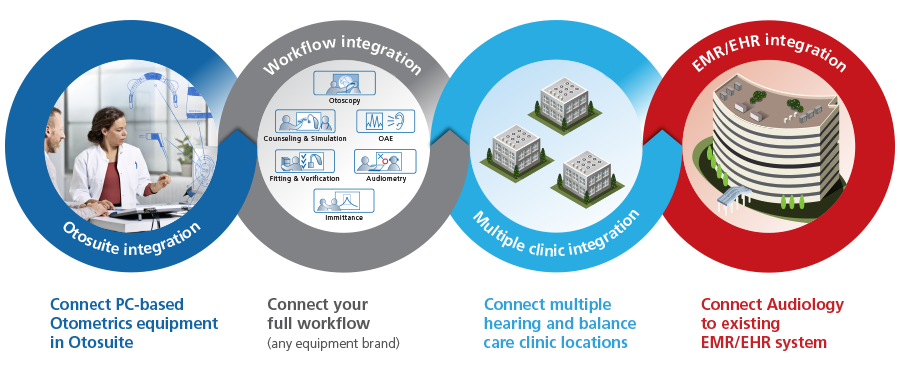Formulating A Tailored Education And Learning Plan (IEP) For Dyslexia: An Extensive Guide With Each Action
Formulating A Tailored Education And Learning Plan (IEP) For Dyslexia: An Extensive Guide With Each Action
Blog Article
Web Content Author-Sinclair Laursen
When you're charged with creating a Customized Education and learning Plan (IEP) for a youngster with dyslexia, it's important to come close to the procedure methodically. You'll start by collecting the needed documentation and scheduling a meeting with the special education group, but that's just the start. As you discuss the child's unique difficulties and set tailored objectives, you'll reveal essential techniques and lodgings that can substantially impact their discovering experience. Understanding exactly how to navigate this process effectively could make all the difference in sustaining the child's instructional journey-- so what follows?
Comprehending Dyslexia and IEPs
Dyslexia is a specific finding out disability that influences analysis and language processing, making it critical to comprehend its effects when creating a Customized Education Program (IEP).
When you consider the distinct difficulties your youngster encounters, it's necessary to identify that dyslexia can influence their ability to translate words, comprehend message, and spell precisely. This understanding allows you to advocate successfully for the needed accommodations and adjustments.
In an IEP, you require to make sure that details objectives are tailored to your child's requirements. For instance, you may focus on creating phonemic recognition, improving reading fluency, or enhancing comprehension skills.
It's essential to collaborate with instructors that are well-informed concerning dyslexia and can apply evidence-based strategies to sustain your youngster's discovering.
In addition, understanding dyslexia helps you identify the right analyses to keep an eye on development. By choosing tools made for dyslexic students, you can gain insights into your youngster's growth in time.
This knowledge equips you and the IEP group to make enlightened choices, guaranteeing your kid receives the assistance they require to thrive academically and socially.
Your understanding of dyslexia is the foundation for constructing an effective IEP that resolves all their unique challenges.
Steps to Establish an IEP
Producing an IEP involves a number of key actions that ensure your youngster receives the ideal support for their dyslexia. First, gather necessary documents, consisting of evaluations, instructor observations, and any kind of previous evaluations. This details aids recognize your youngster's specific requirements and strengths.
Next off, set up an IEP meeting with the school's special education team. You should welcome relevant specialists, such as a special education instructor and a college psycho therapist. Throughout the conference, discuss your kid's one-of-a-kind obstacles and objectives. It's important to interact honestly and advocate for your kid's demands.
When you have actually recognized objectives, collaborate to outline the holiday accommodations and solutions your youngster needs. These might include specific reading direction, additional time on tests, or assistive innovation. Be sure to define exactly how progression will certainly be measured and reported.
After the meeting, assess the draft IEP meticulously. Guarantee it mirrors the agreed-upon objectives and solutions. Do not hesitate to request for changes if something doesn't line up with your discussions.
Lastly, sign the IEP and make certain all parties have copies. This paper will certainly assist your youngster's education and learning and sustain their trip toward success in conquering dyslexia.
Implementing and Evaluating the IEP
When the IEP is wrapped up, the real work begins in carrying out and reviewing it. Start by making sure every person involved-- instructors, experts, and assistants-- recognizes their duties and responsibilities.
Schedule normal conferences to review progress and attend to any type of worries. This collaboration is essential to your youngster's success.
Next off, keep track of the application carefully. Monitor the accommodations, modifications, and solutions described in the IEP.
Use information to analyze whether your kid is fulfilling their objectives. Regularly connect with your kid's instructors, asking for updates and responses on their performance.
After a designated period, it's time to assess the IEP. Collect information, including analyses and observations, to assess your kid's progress.
great post to read throughout the IEP meeting, concentrating on what's functioning and what needs change.
Don't think twice to advocate for needed adjustments-- this is your youngster's education.
Verdict
Developing an IEP for a kid with dyslexia can feel overwhelming, but it's also an effective opportunity for development. As you browse the obstacles, keep in mind the pleasure that features tailored assistance and development. By recognizing their special needs and commemorating each success, you'll not only encourage your youngster academically yet also infuse self-confidence. Welcome the trip-- while the roadway may be difficult, the rewards of a well-implemented IEP can be transformative for both you and your kid.
